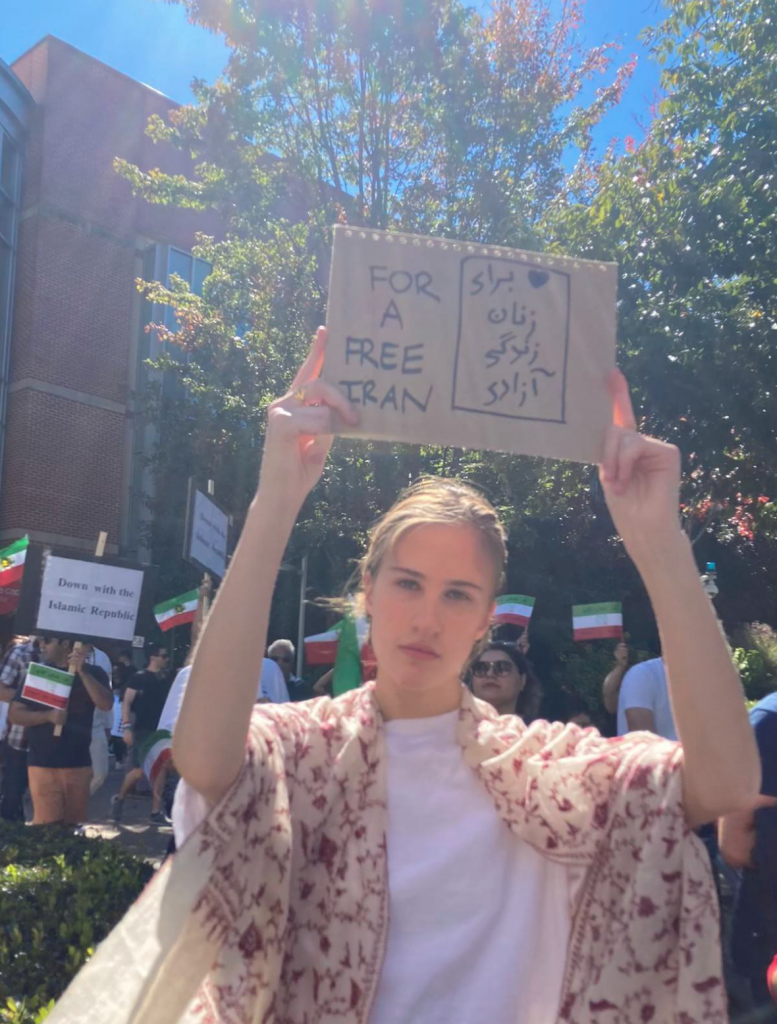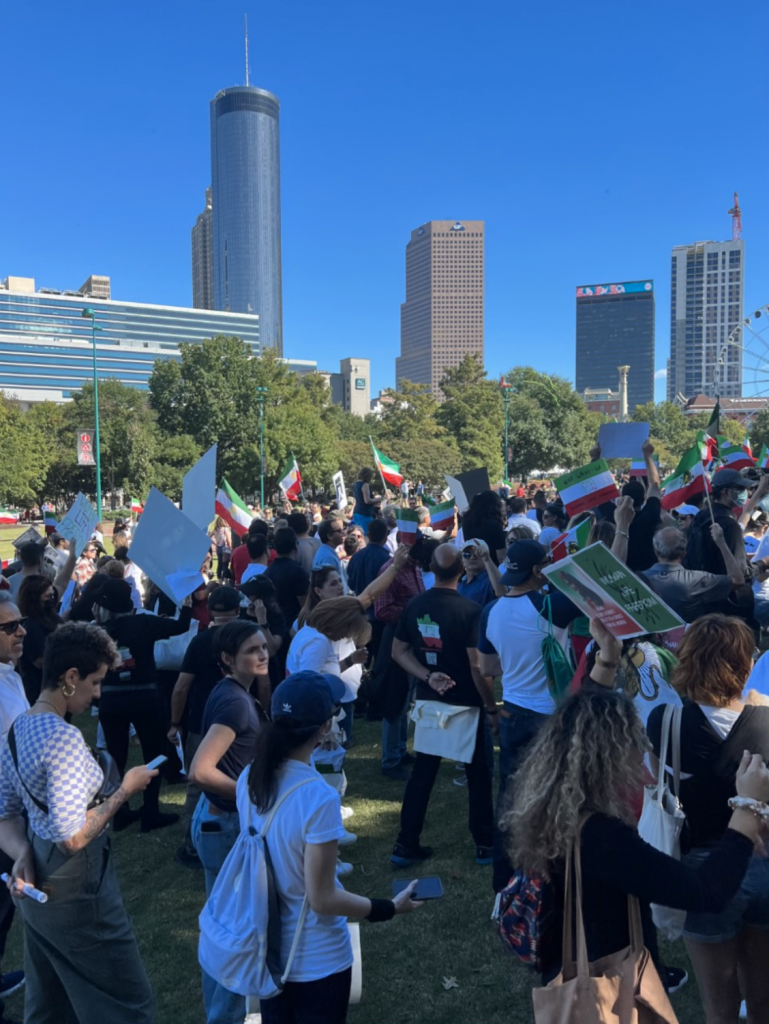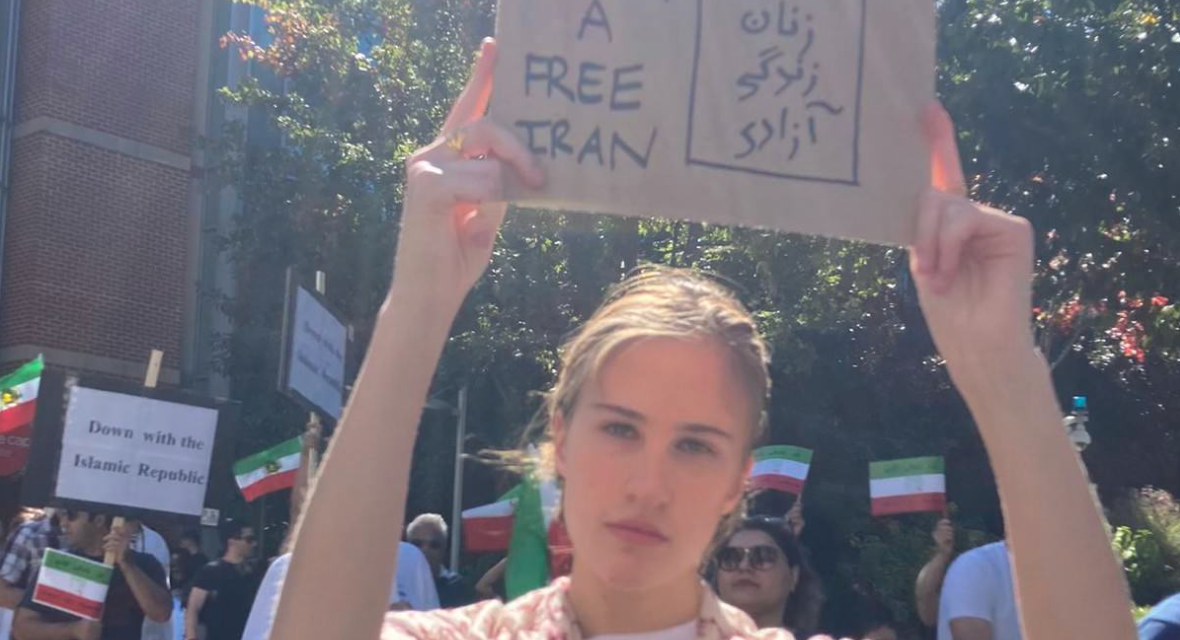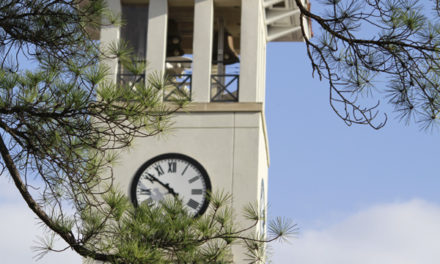Mahsa Amini’s death at the hands of the Iranian morality police on Sept. 16 triggered a new wave of protests by Iranian women. For decades, women in Iran have fought against restrictive laws such as the compulsory hijab law. Prior to her death, Amini was arrested for wearing her hijab loosely, which did not comply with government standards.
Co-President of the Persian Cultural Association Katherine Zahra Khayami (25C) was personally affected by Amini’s killing and felt compelled to “start a discussion on the reality of Iran” and “the meaning of hijab” on campus.
Khayami reached out to other organizations on campus, including the Muslim Students Association, the Arab Cultural Association and Uplifting Marginalized Mothers and Individuals, to collaborate on a panel to discuss the Amini’s death with the Emory University community. The Oct. 4 Zoom event featured commentary from Emory faculty including Senior Lecturer and Language Coordinator in Persian Hossein Samei and Azadeh Vatanpour (23G), a Ph.D. candidate in religion/religious studies.

Katherine Zahra Khayami (25C) holds up a sign during a protest for Iranian women’s rights at the CNN Center on Oct. 1. Courtesy of Katherine Zahra Khayami
Before the discussion, Samei briefly summarized the history of the political situation in Iran, explaining that the Islamic revolution in 1979, which occurred after a long period of monarchy, “did not have an Islamic aspect in the beginning.” He noted that the original slogans were of “independence, freedom and republic,” the last of which “gradually changed to an Islamic republic.”
Samei said that this newly instated Islamic government “honored an ideology based on a limited and rigid understanding of Islam.”
The leaders of this new state wanted to build a new Islamic civilization and completely change the culture of Iran to “form a new man, someone who reflects and represents the main principles of the faith [the government] wanted to establish,” Samei said. As a result, modesty laws were established to enforce a strict public dress code.
Autonomy and the hijab
Arab Cultural Association Publicity Chair Layla Dhabaan (24C) opened the panel with a discussion of the significance of wearing hijab in Islam, which she described as “a state of being which reflects a person’s God consciousness.” Dhabaan emphasized the difference between the Quranic meaning behind the hijab and the media representation, explaining that it would be Islamically wrong to force hijab as a manner of compulsion.
“Wearing hijab comes with autonomy and the intention to wear it,” Dhabaan said.
Later in the discussion, Dhabaan mentioned the backlash some Iranian women have faced for burning the hijab in protest, asserting that people should not criticize the movement as “disrespectful to Islam.”
“It is important to acknowledge and amplify the voices of those being oppressed and harmed,” Dhabaan said.
She went on to sympathize with Iranians who have faced adversity under the Islamic government and may not feel as inclined toward Islam.
The panelists then provided an additional perspective on the issue of the hijab as it relates to the current protest. Samei asserted that the root problem is about more than just the hijab.
“This is a sort of gender segregation and engineering to manipulate every aspect of social life to ensure that women know their place in society,” Samei said.
He explained the issue further, calling the treatment of women in Iran over the last 40 years a “kind of humiliation,” adding that “Iranian women have been treated as second-class citizens.”
Vatanpour echoed these sentiments, stating that limiting women’s rights through the hijab allowed the government to easily control women. This law, according to Vatanpour, is essentially used as an excuse to openly discriminate against women.
After the event, Khayami told the Wheel that Iranian women are not just fighting the mandate of the hijab, but “for bigger ideas — freedom and thought.” She added that the protest against the Hijab is “a tangible act of defiance” against the attack on women’s rights.

Protesters gather in support of Iranian women’s rights on Oct. 1. Courtesy of Katherine Zahra Khayami
A different kind of freedom
As the conversation shifted to the objectives and goals of the revolts, Vatanpour started with a simple statement: “The objective is freedom — minorities want to be equal and one.”
Vatanpour then provided an example of the discrimination minorities face in Iran, revealing that Amini’s Kurdish name is Jina, but her parents were forced to name her Mahsa because of “the government pressure not to use native and local languages and dialects.”
Khayami then focused on the concept of freedom in the slogan of the movement: “Zan, Zendegi, Azaadi,” or “Women, Life, Freedom.” Samei highlighted the shift in what freedom meant to Iranians in 1979 and now — a shift from the objective of political freedom to social freedom. In 1979, Iranians wanted a complete change in the government and to have certain rights like the freedom of speech, political activity and press, Samei explained, but now Iranians seem to want “freedom of conscience and freedom of life.”
“They want to be free to think and move as they wish,” Samei said. “To have their own friends, to wear what they want, to be free in a different way. They believe that no one should control their body, thoughts, clothes, music or sport.”
Khayami agreed, noting that the movement is less about the government itself and more about the societal pressure being enforced and the rights of society.
To further explain the difference in the method of current protests, Vatanpour explained that some Iranian women like to wear heels, which are against the dress code, as an act of resistance.
“Talking about things we want in a peaceful way didn’t work,” Vatanpour said. “Resistance and arguments didn’t work. People see that there’s no other way to protect their rights.”
Future of the movement
The imminent question nearing the end of the discussion was what the future of the uprising will look like and the implications on Iranian society. Although Khayami said she believes Iran will never become a true democratic state, she hopes Iranian women will gain more rights, and that the morality police — which she described as “cruel and violent” — will have much less of a “chokehold on people.”
Samei noted that the uprisings in Iran have been occuring in waves over the past 40 years, and that mass emigration may be in the future.
“Immigration has been a solution to many political, economic, social hardships in society,” Samei said.
He found it difficult to make a prediction about the way the protests will go, but believes that “the energy the people have in the streets” may be indicative of the way things could turn out. However, Samei noted that there are no specific leaders in the movement, which may become a problem for the protesters. He reasoned that there doesn’t appear to be space for specific leadership to become involved soon, as the movement is not about changing an entire ideology.
“Eventually, without leadership, protesters may become tired, exhausted and lose all of their energy,” Samei said.
Although the lack of leadership may lead to a demise of the movement in the streets, Samei believes it will always “come up in a different way again.”





